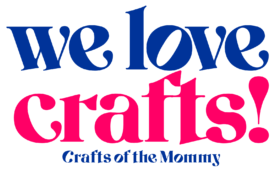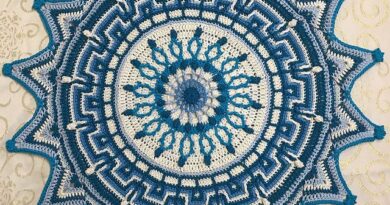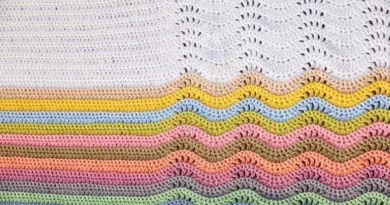Red Heart Crochet-A-Rainbow Blanket
Creativity, emotional control, and psychology. Today, we will talk about the importance of colors in early childhood education. If you follow our portal often, you may have noticed how much we like this topic, which deals precisely with the psychology of colors and their impact on our daily lives. With the development of the little ones this would be no different. For this reason, we have prepared this complete text. Here, you will understand children’s attraction to colors, the psychology of colors in early childhood education, the meaning of colors for children, and the main approaches and initiatives. So, don’t waste any time and follow along!
Children’s attraction to colors – the psychology of colors Color psychology is a well-established and long-standing field. The stimulating or soothing effect of colors on our behavior has been proven on countless occasions. Not by chance, this area is well used by aesthetic professionals in the fields of design, architecture, decoration, and landscaping. For example, have you ever noticed how common it is for hospital environments to adopt light, soft, pastel tones, usually green or blue?
The reason for this is based on color psychology, which highlights that these shades stimulate emotional tranquility, encouraging calm and rest. On the other hand, have you ever noticed how large fast food franchises appeal to bright and strong shades of red and yellow? This choice is not by chance, but because these shades communicate emergency, satiety, and joy. Do you understand? The implementation of colors exists for a reason. Different hues have a practical and proven effect on our psychology and are able to influence thoughts, emotional states, and decision-making. Children are passionate about colors because they are open to all kinds of stimuli, especially visual stimuli.
This has even been documented as the influence of colors on reading stimuli. In a way, even primal, colors are programmed into our cognitive structure. The best demonstration of this is the way we attribute a sense of urgency to the color red. In the anthropological past, this hue was most often seen in blood, and was therefore correlated to injuries and emergency situations. Today, red is still used in warning signs, exit signs, and as the primary color of “do not go forward” at traffic lights.
Color is to children what it is to all of us: a dimension that communicates an emotional message, of warning, joy, creativity, and so on. Their appreciation for colors is a demonstration of how much they enjoy being in contact with these stimuli in a period that is precisely one of the freest and most creative of all, childhood.The meaning of colors for little ones – As we described earlier, the meaning of colors for children is very similar to the adult interpretation. After all, much of our relationship with colors derives from our own species’ brain programming over time. This is why colors have such a universal effect on all of us.
However, during childhood, children experience one of the freest and most experimental periods of their lives. From toddlers to grown-ups, they go through an interval of constant discovery and curiosity, in a never-ending search for new stimuli, whether visual, audible, or otherwise. And colors deliver just that! Not by chance, children’s toys feature vibrant, positive, charismatic colors. Frequent interaction with this aesthetic contributes to emotional and creative development, fostering a happier, more thoughtful, and energetic child. Far beyond the colorful games and activities that can stimulate the child, parents can also recognize the importance of colorful settings in some children’s behaviors. Often, decorating a room for lighter, milder, and more peaceful tones can result in better nights’ sleep.
PDF PATTERN FREE

SEE TOO : Crochet Blanket In Layers Of Waves



